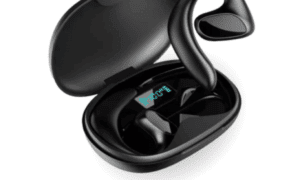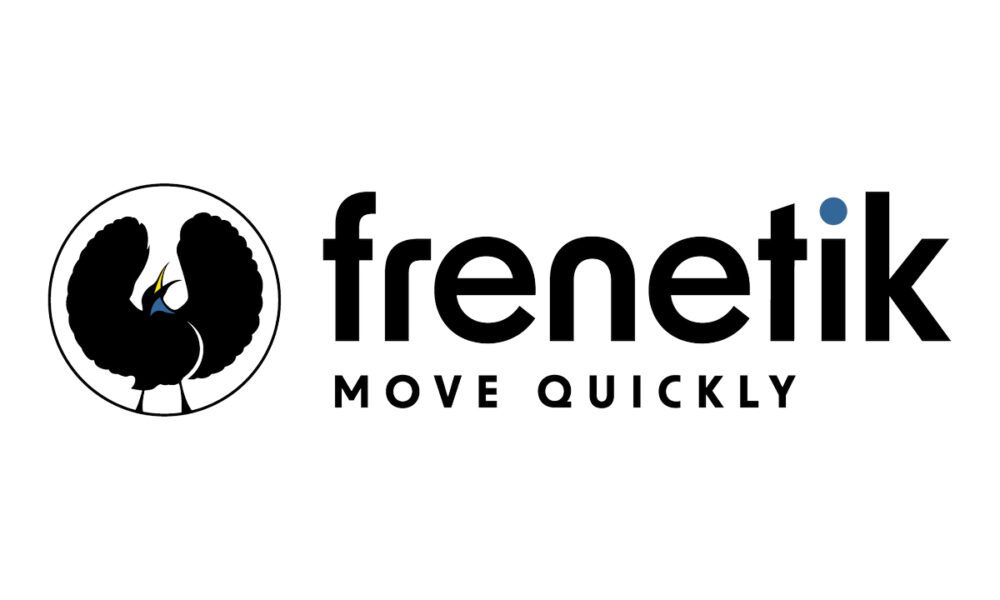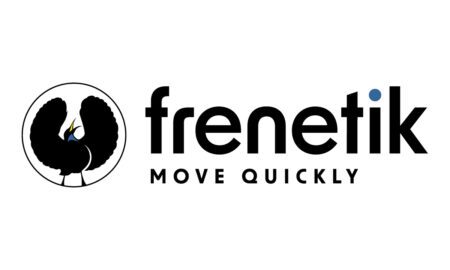Markets Speak. But Can You Trust What They Say?
There’s a strange moment that many traders experience. You’ve done your homework. The chart lines up. The setup looks familiar. Everything points in one direction. And yet something makes you pause. Is it hesitation? Or is it the market playing tricks again?
Reading the market is a skill. It takes time. You learn how candles behave, how support bends before it breaks, how momentum slows before reversals. But trusting the market? That’s different. Because charts may tell a story, but the market isn’t always honest. It tests. It fakes. It traps.
Patterns Are Not Promises
You might think a clean head-and-shoulders or a textbook breakout is enough. But the market rarely gives out rewards that easily. There are moments when the setup is perfect on paper and the result is still a failure. Why?
Because the market doesn’t owe you anything. What you’re seeing is only part of the picture. There are forces in play you can’t always measure. Order books. Sentiment shifts. Unexpected news. So, while you may be able to read the chart, the decision to trust that reading carries risk always.
Confidence Without Certainty
So how do you move forward? The answer isn’t to doubt every trade. It’s to build a habit of managing uncertainty. That means knowing your setups but also accepting that not every setup will work.
Trust in trading isn’t about being sure. It’s about being ready. Ready to act when the signal comes, and ready to exit when it fails. Some days, trusting the market means following your plan even when it feels uncomfortable. Other days, it means walking away and waiting for a better signal.
A Word on Platforms and Comfort
Where you trade matters, too. Not because one button is faster than another, but because your platform should give you clarity. The Best Trading Platform is the one that lets you focus, not the one overloaded with features you never use.
Clarity means less distraction. Fewer gimmicks. A layout that makes sense to you. Tools that feel intuitive, not overwhelming. The best platform is one that feels like a tool, not a puzzle.
When your platform adds to your confidence not your stress you begin to trust what you’re doing more. And in this business, mental clarity is worth more than a dozen technical indicators.
Signals That Guide, Not Control
Many traders today rely on signals. Alerts, suggestions, setups from external sources. Used wisely, Trading Signals can sharpen your edge. They give you perspective. They help you see patterns you might have missed.
But signals should never become a crutch. A trader’s job isn’t to follow orders, it’s to evaluate context. A good signal should be treated like a heads-up, not a command.
The real benefit of signals is that they reduce the guesswork. They point toward possible momentum shifts or opportunities forming. But it’s still your responsibility to decide if the signal fits your conditions, your timing, and your strategy.
Getting the Right Help Without the Noise
Amid all the information thrown at traders, what makes a real difference is filtered insight. There are services that try to simplify things not by removing information, but by refining it.
For example, platforms like Economies.com VIP offer something more than charts and headlines. They provide live updates on market movements, clear daily forecasts, and deep analysis across different sectors commodities, forex, crypto, and major indices. More than that, they offer simple, yet powerful trading strategies that anyone can understand, backed by free trading signals from BestTradingSignal.
What makes this especially valuable isn’t just the breadth of the analysis, but its applicability. The forecasts are direct. The strategies are executable. And the signals are known for being timely and accurate enough to act on, not just think about.
It’s not about making decisions for you, it’s about making your decisions easier to trust.
The Mind Gets in the Way
Even with the best tools, best signals, and clearest charts, doubt remains. You second-guess. You hesitate. You act too soon. Or too late. Sometimes, it’s not the market that breaks your trade it’s your own thinking.
That’s the part no tool can fix. Building confidence in your process takes repetition, but also honesty. You have to admit when you’re not ready. And when you are, you need to commit, without expecting perfection.
Trusting the market doesn’t mean trusting every move it makes. It means trusting your ability to respond win or lose with consistency.
Final Thought: Read, Then Decide
So yes, reading the market is hard. Trusting it is harder. But maybe the goal isn’t perfect trust. Maybe it’s learning how to act even when trust is only partial. Because trading isn’t about being sure it’s about being prepared.
In the end, every candle tells a story. But it’s your decision whether to believe it, wait, or walk away. The difference between reading and trusting the market isn’t knowledge it’s discipline.
And discipline, fortunately, is something you can build. One trade at a time.



































